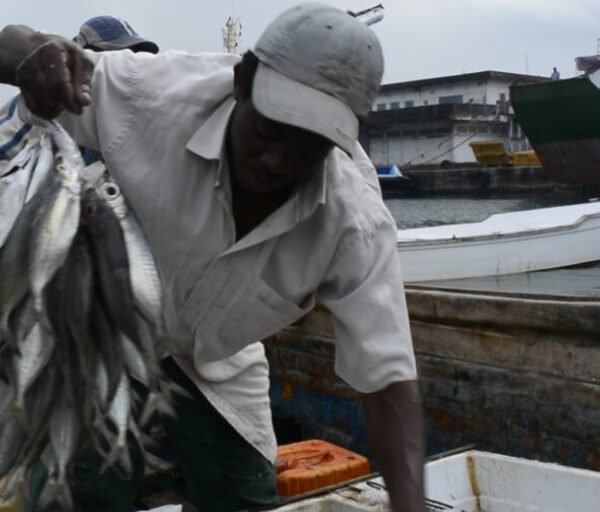Uncertainty Leads to Opportunity
It’s Monday morning. You walk into your office and see your manager standing by your desk – the one you decorated to feel like home. Immediately, he gestures for you to shut the door and take a seat. You comply! Once seated, he delivers the message no one wants to hear: He tells you that in a few months, the job you hunkered down and performed for the last 5 years will no longer exist. The business strategy has evolved, and there will be organization-wide restructuring. Unfortunately, your role was a casualty. Therefore, you are no longer needed.
Speechless, you wonder who rendered you needless. Was it AI? Or someone who works with AI? Hopeless, you feel like curling into the fetal position and ruminating. Then, out of nowhere or perhaps somewhere, you remember there is hope. Sometimes, it comes in the form of options. We always have options: When we face adversity, we can wrap ourselves in an unfreeable mass of self-protection or break out from the cocoon of despair that threatens to keep us hidden. Today, in the AI era, many of us are living in a web of uncertainty that we did not choose. How are we navigating it?
Navigating workplace uncertainty
A recent MSN article suggested that a new workplace trend has emerged. The trend is Quiet Cracking. Quiet cracking refers to employees trudging through persistent unhappiness in the workplace, which results in disengagement, poor performance, and a desire to quit.
Ironically, quiet cracking bears fundamental similarities to its predecessor, quiet quitting. Remember quiet quitting? The workplace trend that surfaced during the 2020 pandemic? It happens when workers put in no more time, effort, or enthusiasm than necessary to keep their jobs. And it affected the majority of the global workforce: 59% to be exact, according to the Gallup 2023 State of the Global Workplace report. Both trends bear the same root: unaddressed disengagement and discontentment. One might think of this as a state where the heart leaves the building, and the body stays behind. Here, one barely survives, much less thrives. In any relationship, whether personal or professional, this is troubling!
Yet, as is the case with most challenges, a single panacea does not seem to exist. So, what can we do?
First, do not walk alone.
Today, in the AI era, solo existence seems increasingly enticing. As shared in The Normalization of Division, solo existence is not about living alone physically. Instead, though surrounded by others, one remains invulnerable and ends up feeling unseen and never truly known. Often, solo existence masquerades as independence with an unflinching insistence that one has become enlightened and has all they need. Unfortunately, this is more of a front: an attempt to stave off problems that arise from getting close to others. Rooted in self-protection and shallow relationships, it perpetuates loneliness.
To avert this, we must renounce the fear-based belief that being vulnerable is optional, take the risk to cultivate relationships, and walk through life with true friends – one, two, three, or more. While friendship is not a panacea, it is a salve for many emotional wounds. True friends help us to see ourselves through a well-calibrated perspective and a growth mindset.
Next, become insatiably curious about yourself – your dreams, skills, strengths, and weaknesses!
We often hear that we must work hard to develop strong relationships with others. But many neglect to remind us that we must nurture the strongest relationship with the one we spend most of our time with – ourselves! Understanding the unique value we provide, what drives us, and knowing our strengths and weaknesses is essential for a well-lived life.
Uncertainty provokes anxiety. However, it also nudges us to embrace discomfort, stretch ourselves, and uncover opportunity. Today, success requires change. It requires growth. How will you grow? The choice is yours.
For you and to you,
Aké
Image credit: Pexels | Ann H












